With a small wide-mouth thermos, water boiled in the morning will have a hot cooked meal for you for lunch or dinner.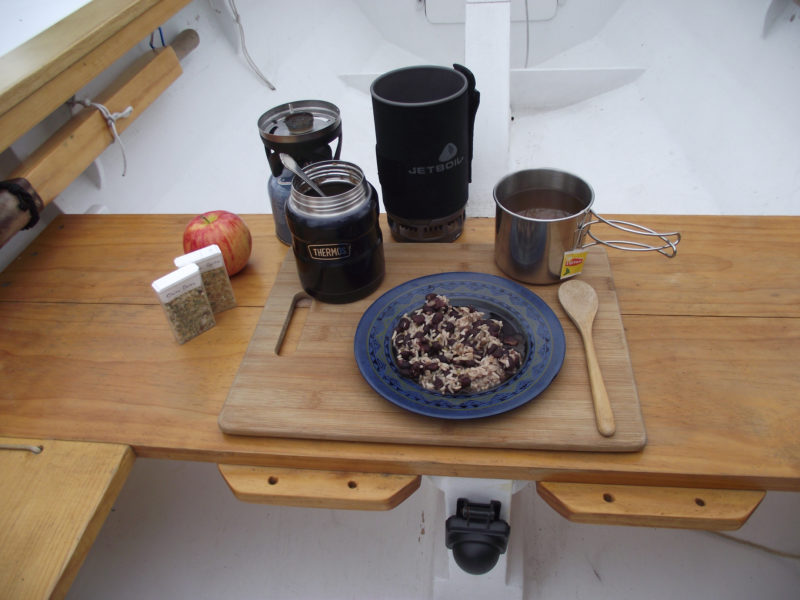 Tom Pamperin
Tom Pamperin
Join The Conversation
We welcome your comments about this article. If you’d like to include a photo or a video with your comment, please email the file or link.
Comments (4)
Comments are closed.
Stay On Course

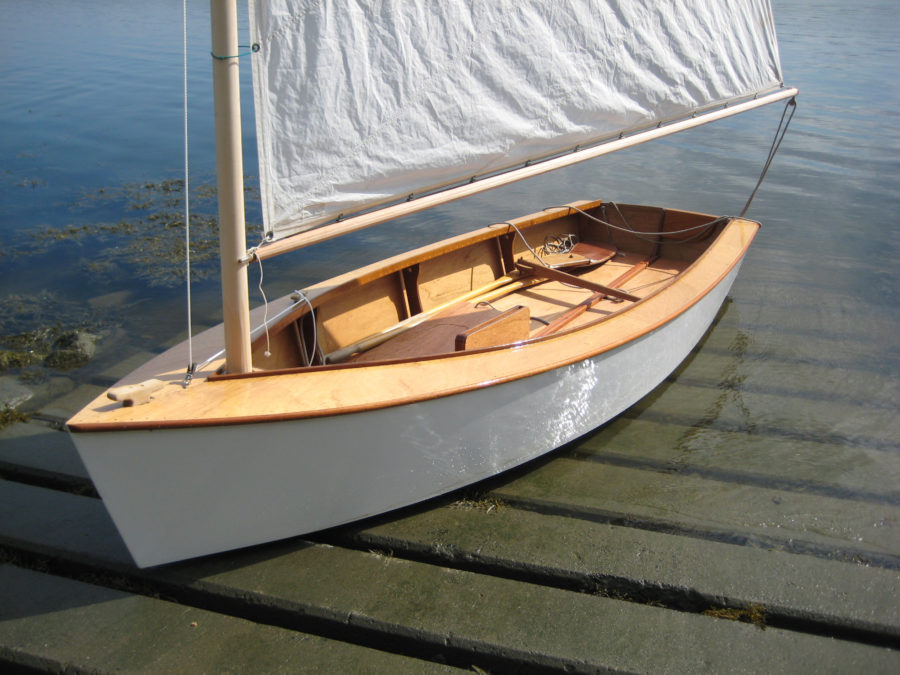
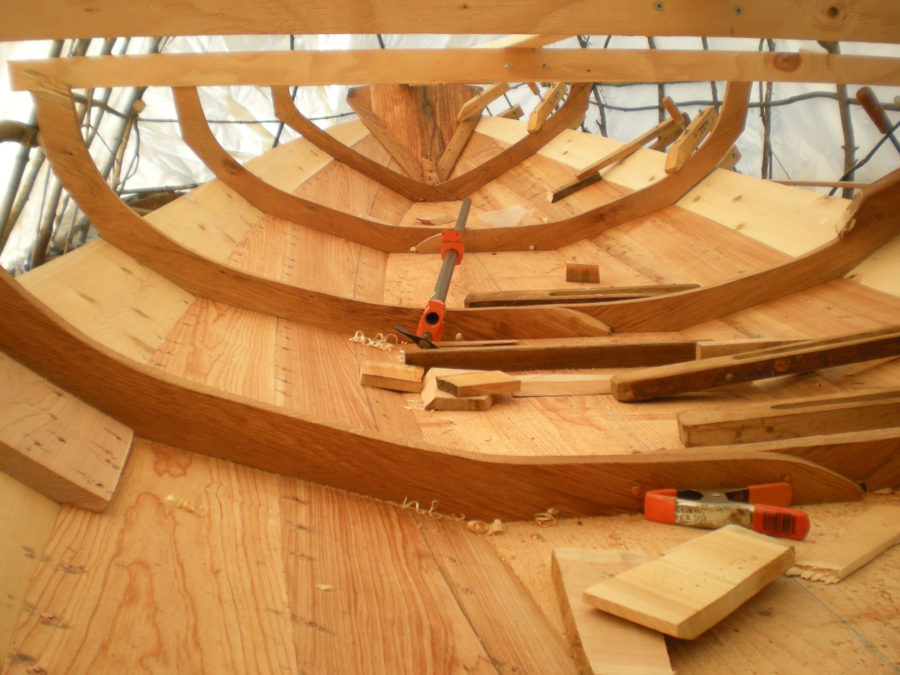
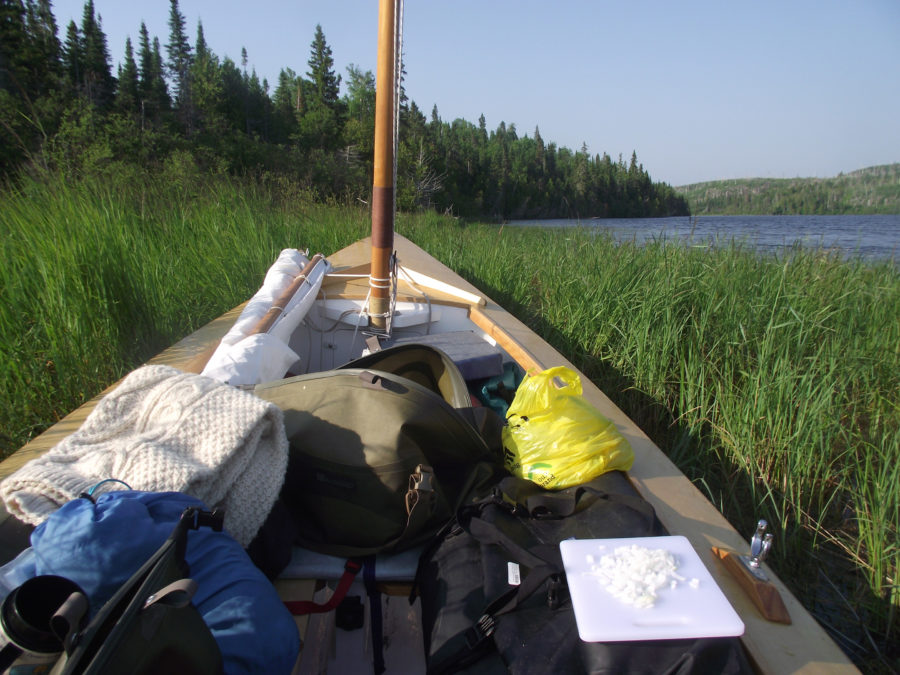
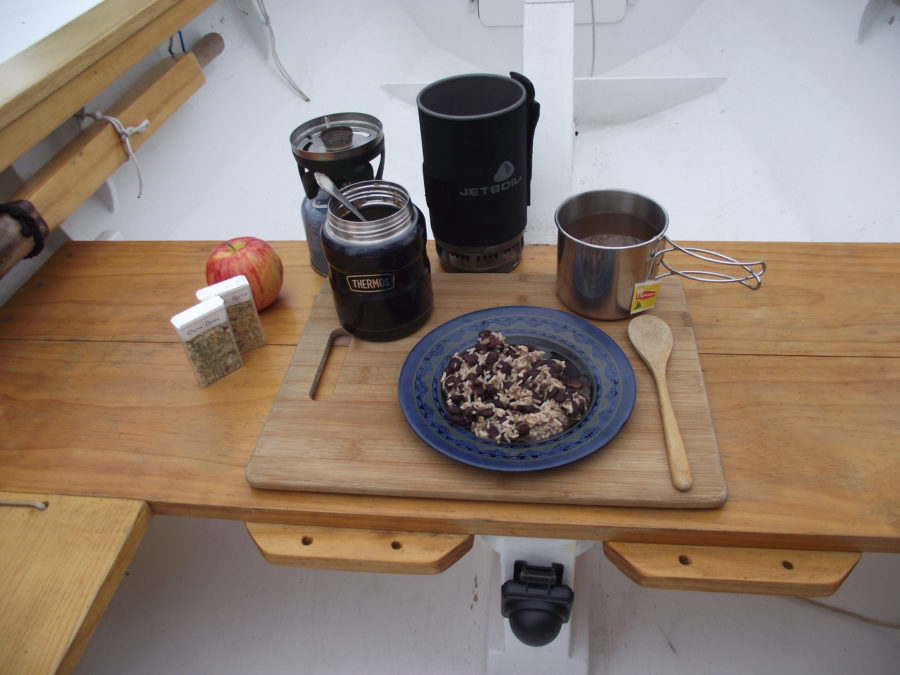
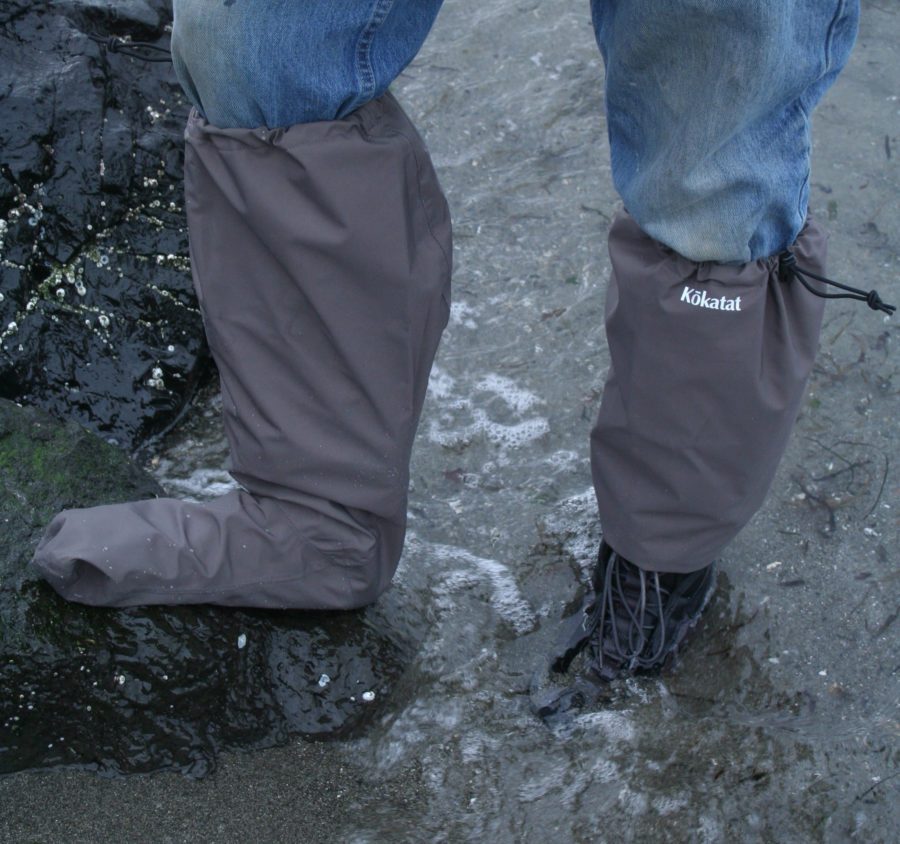
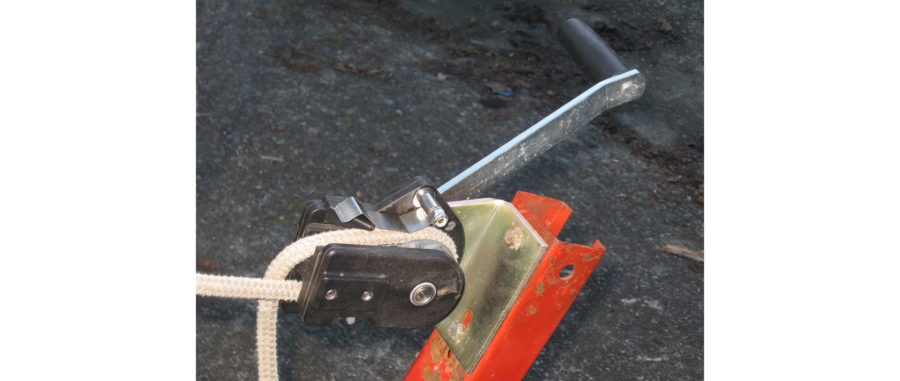
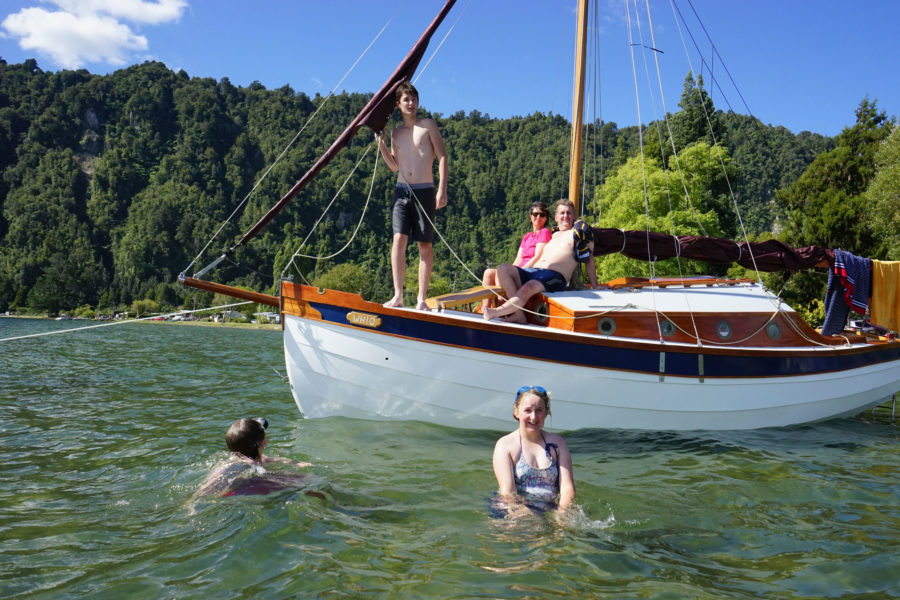
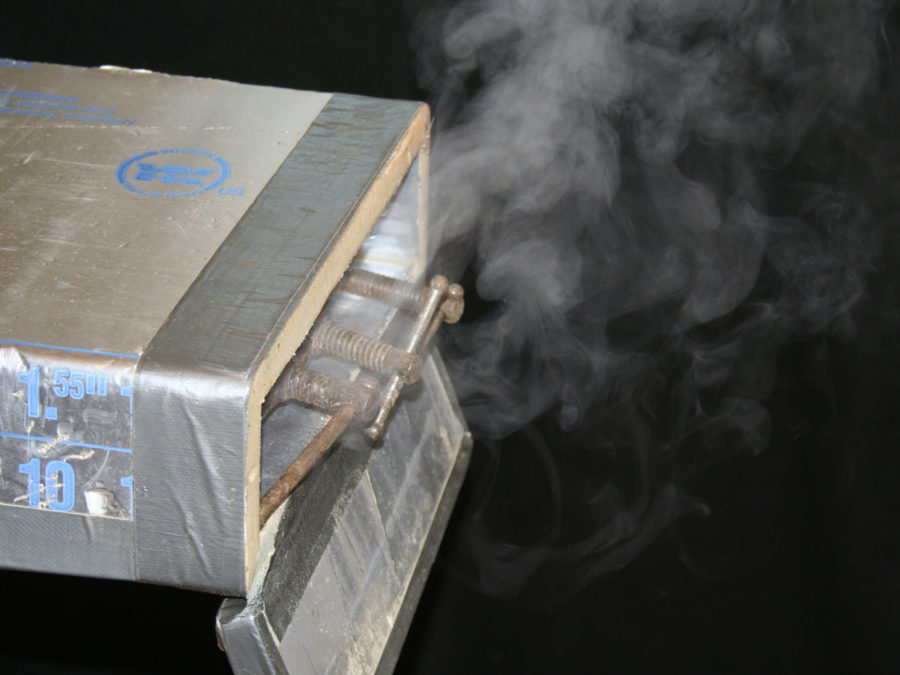
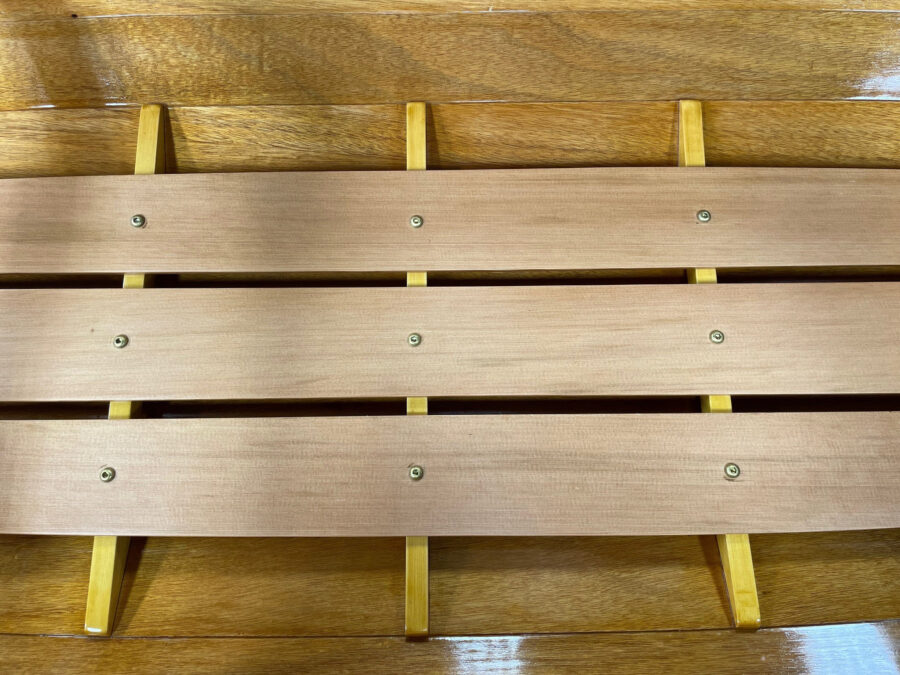
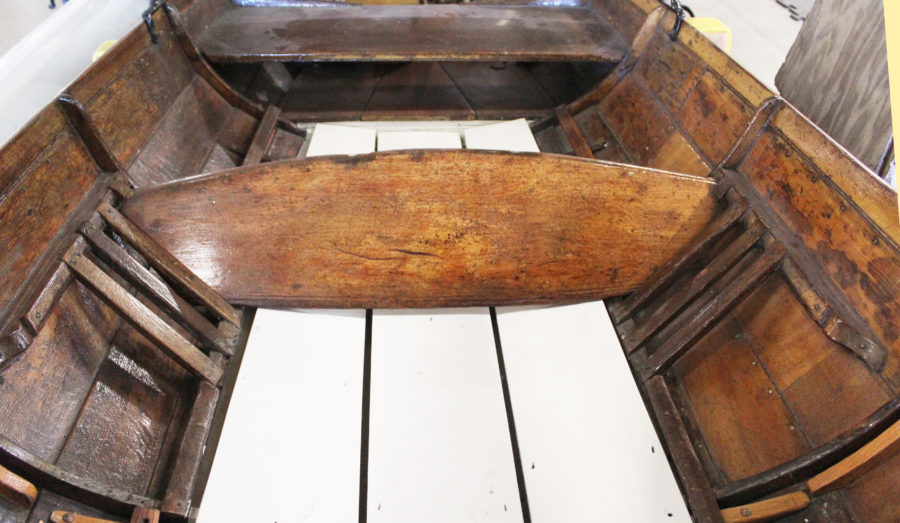
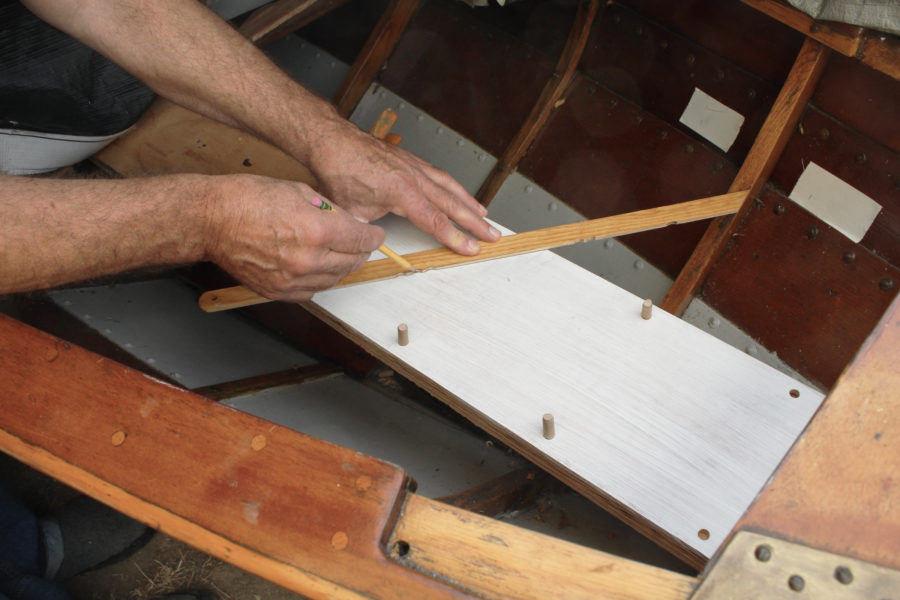
The February issue resurrected an old and nearly forgotten memory of Thermos-bottle cooking. It has been a long time since I have messed with the technique. Reading the article made me head for my gear room and I returned with a box of five stainless-steel Thermoses of various brands from 16-oz clear up to 64-oz. I have a one quart wide-mouth thermos I purchased several years ago with an Eddie Bauer label on it. I filled it with boiling hot water last night before bed and the following afternoon it was still hot enough to be called hot and not warm. In my experience, things will stay hot a long time in the good bottles until you open them to get at the contents, then they begin to cool off more rapidly. But the system to cooking in a thermos bottle does work. For the really tough jobs that ordinarily take a lot of cooking time I have always used a small aluminum pressure cooker. I’m enjoying this new magazine.
This is neat. A couple of times last summer I settled on anchorages when it was just too dark to do anything but find the sleeping bag. I was miffed about going to sleep without dinner. This idea could fix that.
I have used thermos bottles of and on for 50 years. Lately I’ve rediscovered the Thermos brand bottles that are now all stainless steel. The performance is better than ever and there is no glass to break. A 24-oz bottle starting with preheating and boiling water to fill as described in the article is still at 135 degrees 24 hours later if still full. I’m guessing here, but I think they have developed a high-production-rate electron-beam welding process to seal vacuum in between the inner and outer shells reliably. It isn’t an iPhone, just another bit of high technology improving the world of simple food-handling gear. I’m hoping here they have extended that manufacturing process to wide-mouth containers.
I agree, for small boats, thermoses kill several birds with one stone. Cooking in the evening has some advantages too: You can get an early start to catch a shifting tide with a warm breakfast and hot coffee. The leftover water used to preheat can go into a water bottle and keep your sleeping bag warm. Wrap it in spare clothing if it’s too hot. You can’t believe how nice this is. Not wanting to waste water, I drink it throughout the following day. And for the winter day-sailing crowd, hot soup or bouillon made in the morning at home warms the soul in the afternoon when the salty water is the only thing keeping the ice away.